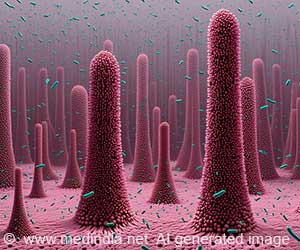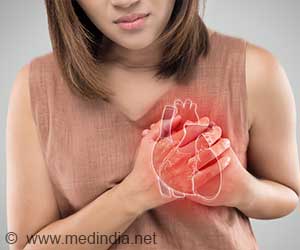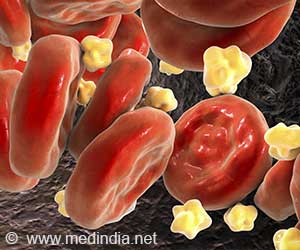Scientists used mitochondrial replacement therapy to aid a childless couple who carry a mitochondrial DNA mutation, resulting in the first ever 3 parent baby.
Highlights
- Scientists utilized Mitochondrial Replacement Therapy that was used to deliver a healthy baby boy.
- The experiment was aimed at eliminating inheritance of mitochondrial DNA mutation.
- Some sections of the scientific community laud the experiment as a significant step in embryology.
TOP INSIGHT
Mitochondrial replacement therapy could prevent transfer of mitochondrial DNA mutation to the offspring
The Couple in Need
A Jordanian couple have been married for twenty years but they haven’t been able to have a healthy child since the mother had a mitochondrial gene mutation. After 10 years of marriage they delivered a baby girl, in 2005, who was born with a mitochondrial disease called Leigh disease that resulted in the nerves, brain and muscles of the developing infant being affected. The child died when it was 6 years old. The couple had another baby, a boy, who died within 8 months due to the same condition.
Facts about Mitochondrial DNA Mutations
Mitochondria are called the ‘powerhouse’ of the cell and they have their own DNA which is independent of the nuclear DNA. They are responsible for 90% of the energy of the cell. The mitochondrial DNA constitutes only 1% of the DNA of an individual and it contains 37 genes.
- Mitochondrial mutations can be debilitating in certain conditions leading to severe organ failure.
- In adults the symptoms could become worse over time and lead to damage to cells in the heart, brain, liver, skeletal and respiratory systems.
This technique involves
- Taking a donor egg and removing the nuclear DNA
- Removing the nuclear DNA from the mother’s egg.
- Adding the nuclear DNA of the mother to the donor egg
- Fertilizing the donor egg that has the mother’s nuclear DNA with the sperm from the father.
- The fertilized egg that develops into a healthy embryo is then transferred to the mother to continue development in the womb.
Though a section of the scientific community lauds the efforts by these scientists, this study has raised alarm bells as some scientists question the ethical aspects of this study. The director of the Human Genetics Alert which is a watchdog group, Dr. David King said about the study "It is outrageous that they simply ignored the cautious approach of US regulators and went to Mexico, because they think they know better. These scientists have used an experimental technique that many scientists still think is unsafe in order to create a world first.”
However, Dr. Zhang and colleagues have maintained that they have followed strict ethical practices that include allowing only a male fetus to grow till term as females could transfer faulty mitochondrial DNA to their offspring while a male cannot.
This study will allow more than 4000 women who suffer from mitochondrial disease to have disease-free children if the study proves successful. This trial should not be confused with the development of ‘designer babies’ that are aimed at creating a better ‘breed’ with specific physical attributes. The current experiment was aimed at eliminating a life threatening condition and to allow a childless couple to have a healthy child of their own, how far the scientists have been successful remains to be watched intently.
References:
- ABOUT UMDF - (http://www.umdf.org/site/c.8qKOJ0MvF7LUG/b.9166823/k.2E25/Mitochondrial_Replacement_Therapy.htm)
- 3-Person IVF - (http://www.geneticsandsociety.org/article.php?id=6527)
 MEDINDIA
MEDINDIA



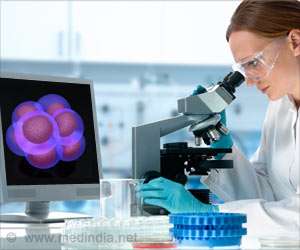
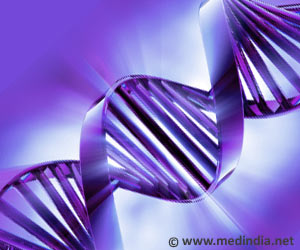
 Email
Email



